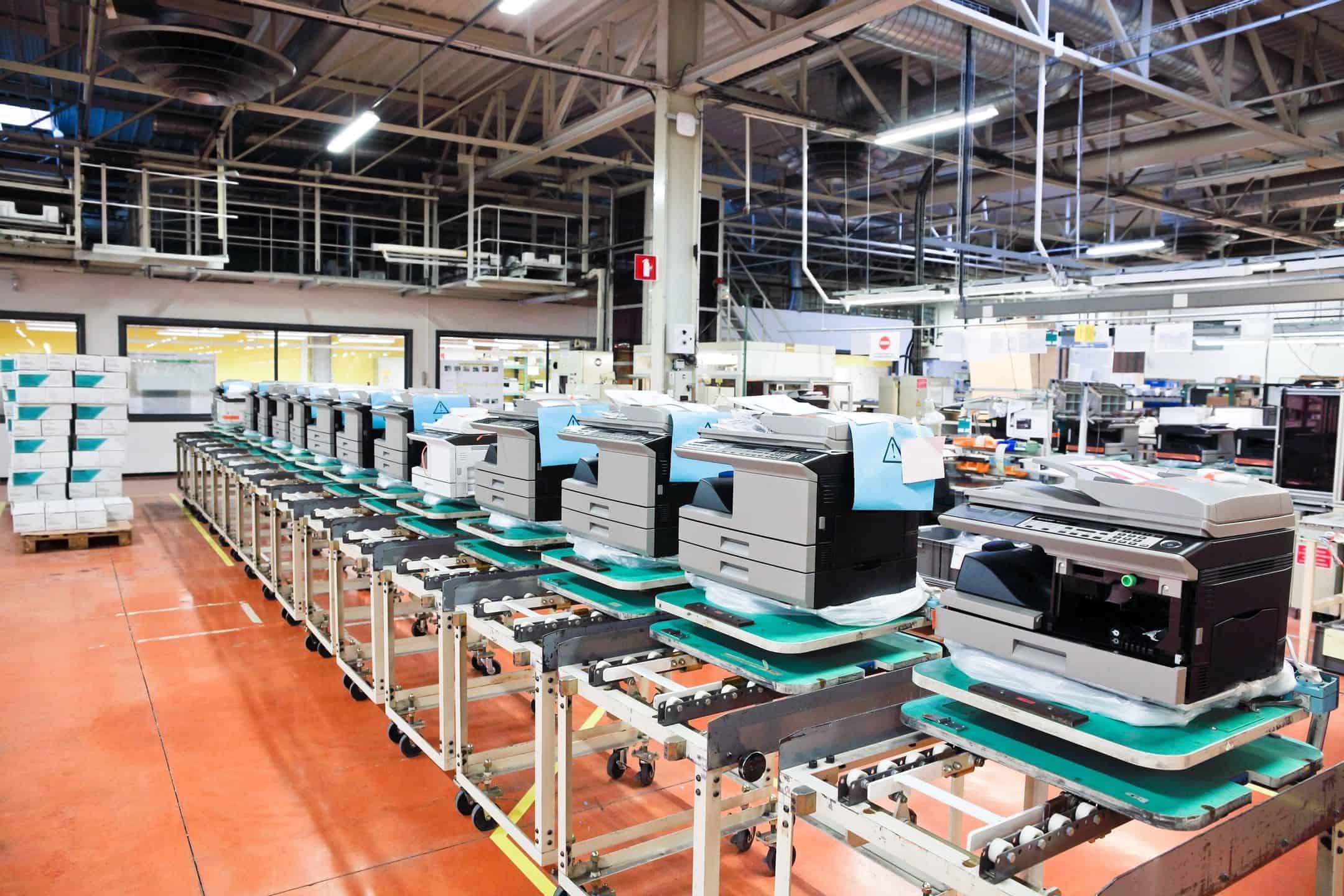Why do warehouses exist?
Supply chain today is far more advanced compared to the yesteryear. The speed of moving inventory from the manufacturing plants to the end consumers nowadays are lightning fast. With ecommerce gaining in popularity, and big powerhouse such as Amazon and Alibaba, you may question why is there a need for warehousing then? Do we still need to store inventories in the facilities, incurring additional cost to the companies?
I once heard an ex-colleague mentioned this. Unless teleportation is invented, moving of goods and inventory is still a necessary action. Even if 3D printing becomes the norm, supply chain and logistics will still be present.
Warehouses exist for a couple of reasons.
- Imbalance of demand and supply.
- Value-added activity.
- Sortation and processing.
Imbalance of demand and supply
- Have you play the beer game before? There is never a perfect world where demand equate to supply, even if both the customer and the seller are trying their best to satisfy each other.
- If the supplier manufactures too much, the excess goods need to be stored somewhere. This is where the warehouse comes into play. This is where the excess inventory are stored.
- However, if the demand for the goods is high and the stock is insufficient, the manufacturer will then start producing in bulk. As such, before reaching the customers to satisfy their wants, these goods need to stocked in certain locations. Thus, the need for warehouses again.
Value-added activity
- In some warehouses, value added services are provided by the warehouse operations. These include labeling, sorting, shrink-wrapping etc. Such activities are not done upstream at the manufacturing plants, thus warehouse is another opportunity where these activities can be completed.
- Some companies also decide to have postponement as a strategy. An example of postponement is delayed differentiation. This is where the generic inventories from the factories are sent to the warehouses closest to the customers. Only at the warehouse will the operations start to past various kind of required labels to cater to the local customers.
Sortation and processing
- Certain warehouses allow the stocks to be sorted and processed. For example, the warehouse is the last stop for consolidating computer parts before dispatching to the end customers. The customer can be ordering a monitor, a CPU, a keyboard, a mouse and 2 speakers. These goods are normally manufactured by different vendors. In the warehouse, these inventories are picked and consolidated into an order before dispatching to the customer. In a way, it is value adding to the entire operations.
The above are just some of the reasons why warehousing is a necessary part of the supply chain. With physical goods, there will definitely be a requirement for a facility to house the volume before these goods are moved to the next part of the supply chain.




It makes sense that warehouses would have to exist in order to store unsold product. It’s good that you can get professionals to keep that kind of thing organized. That way, you don’t have to worry about thinks getting misplaced or anything.
Warehousing and supply chain management go together hand in hand. It is not possible to operate one without the other. There is a lot of competition in the field of warehousing. If the warehousing company provides supply chain facilities too then it is an added bonus. Thank you.